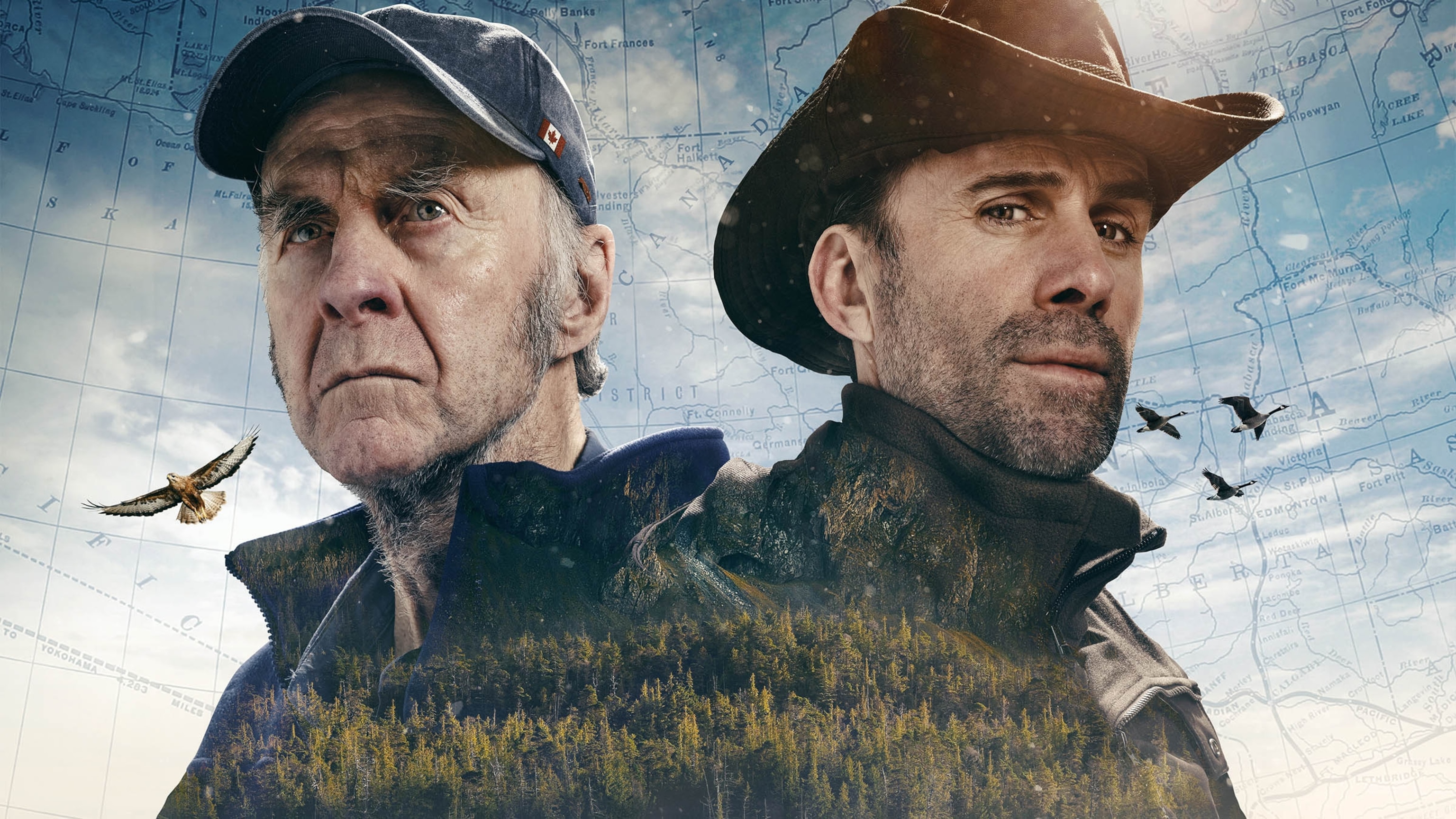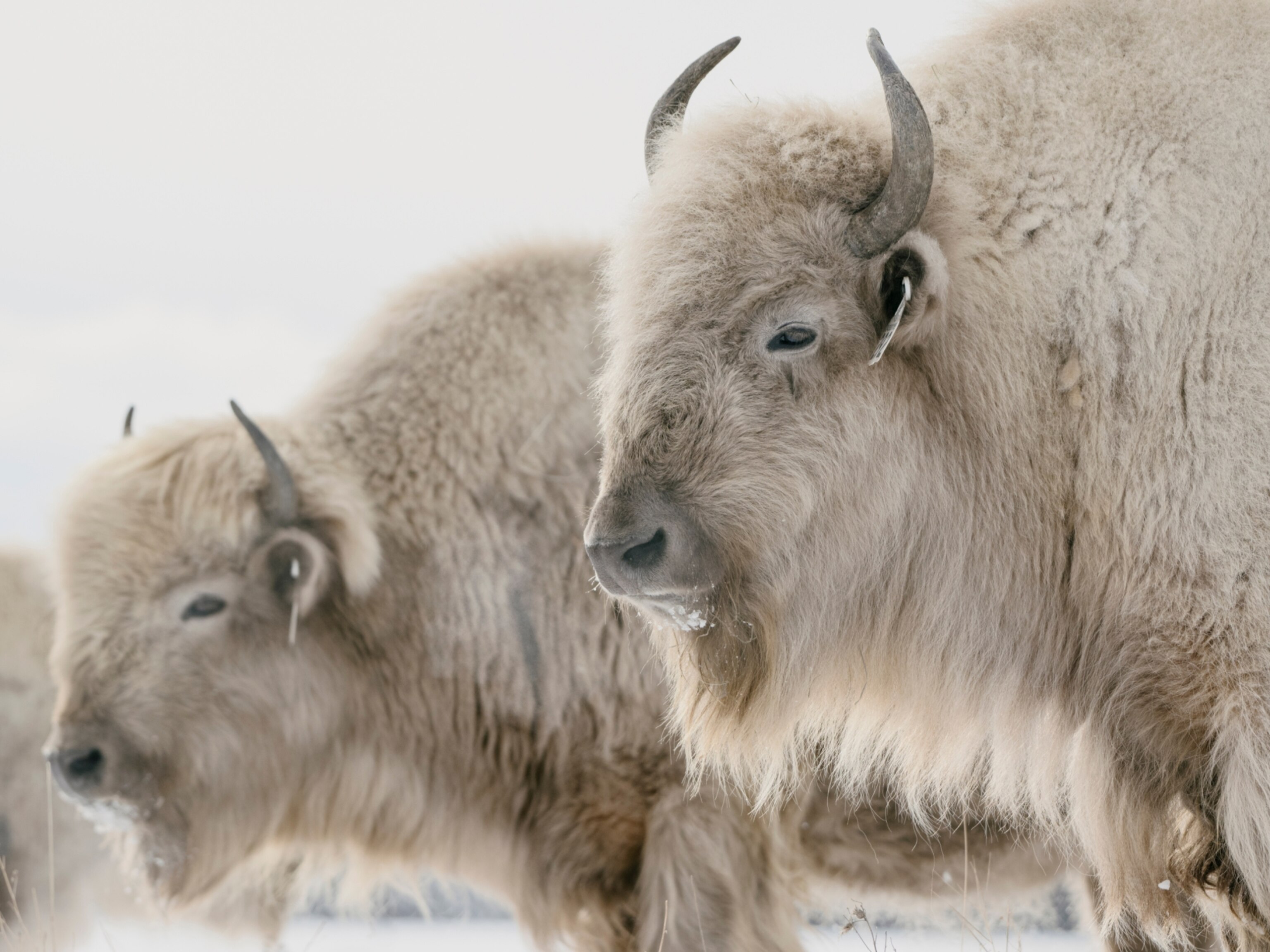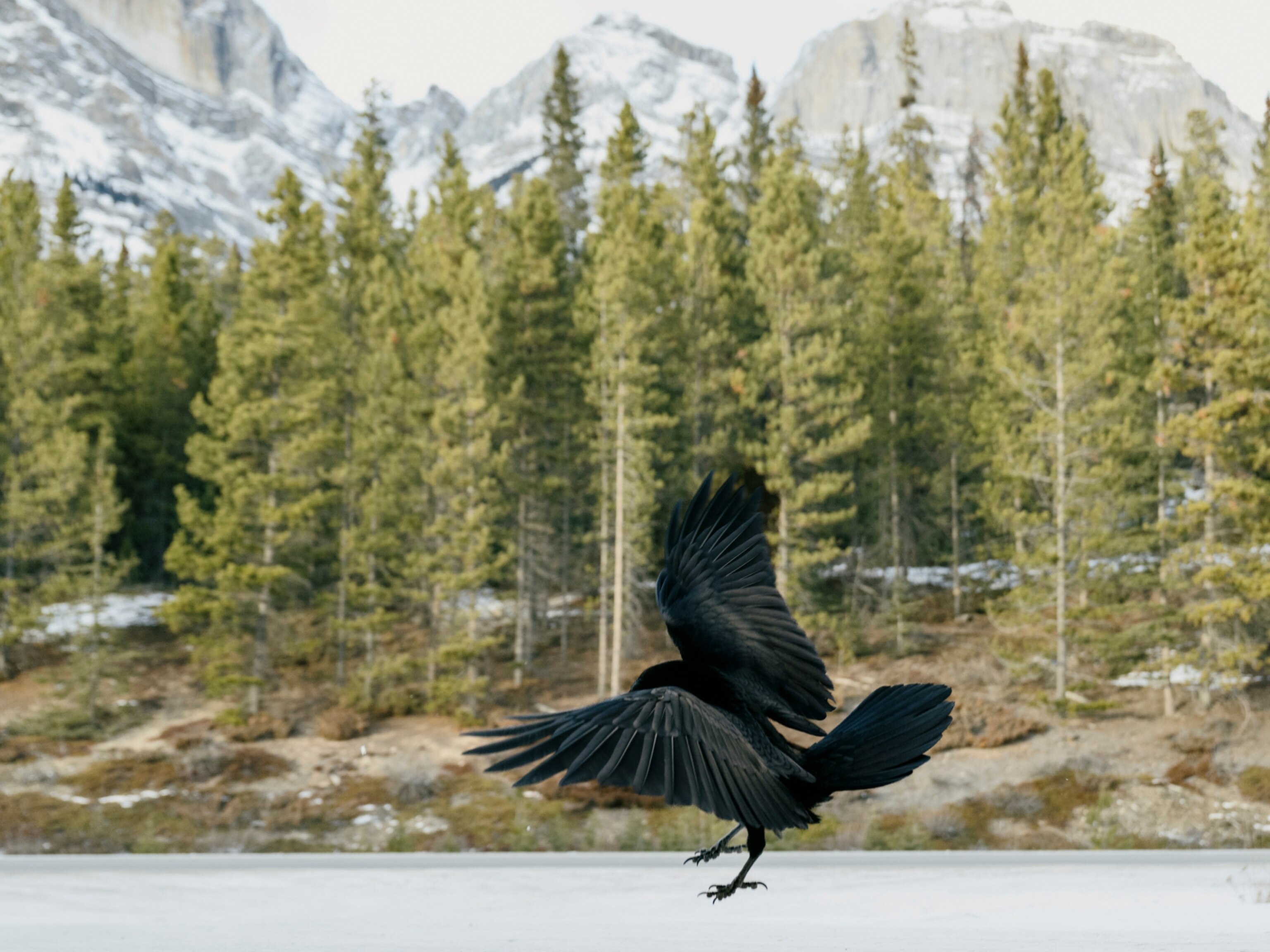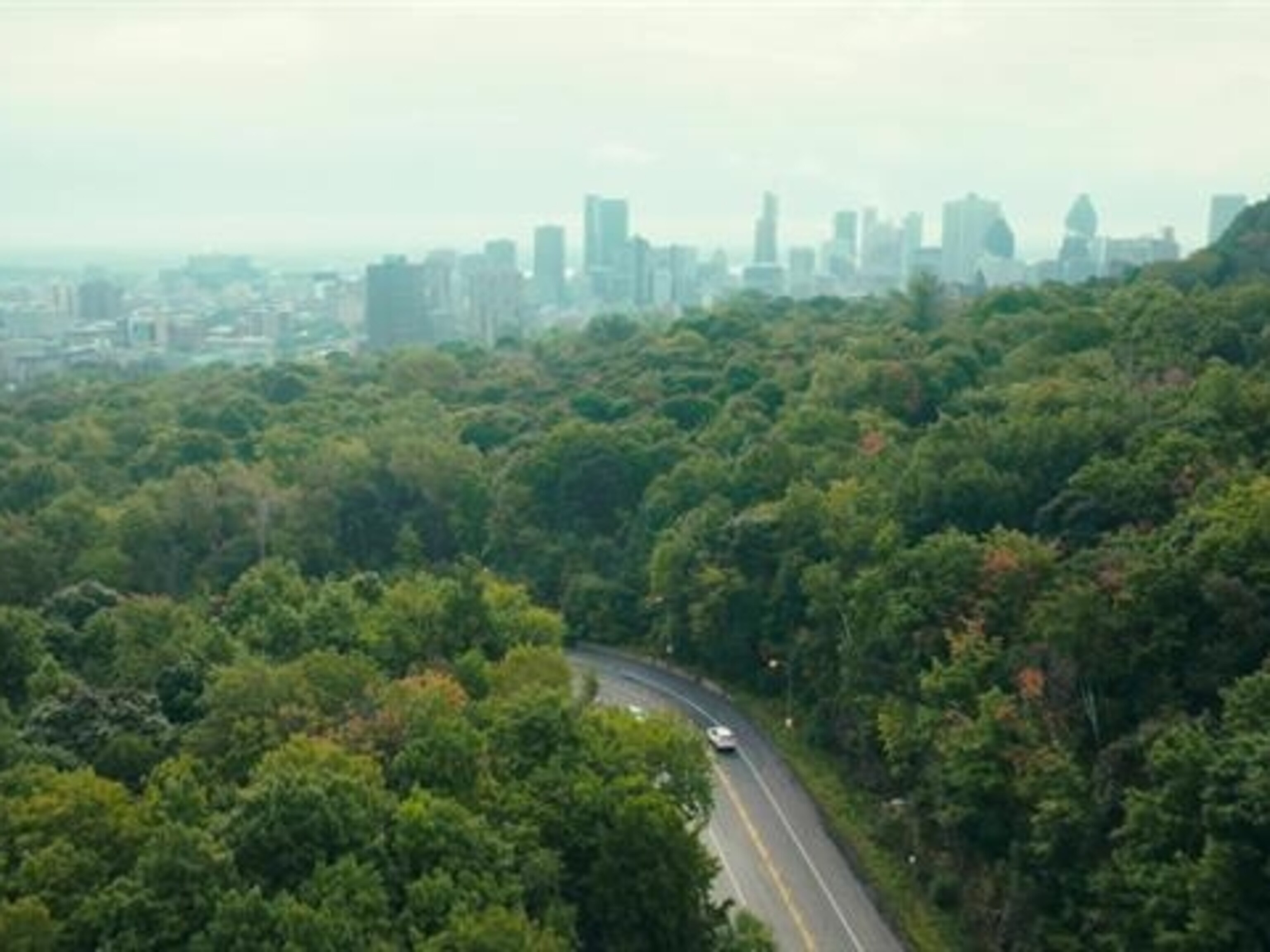Return to the wild: Connecting with Canada's heritage
Among the Indigenous Peoples in Canada, the passion not only to preserve but also share their rich culture and heritage is a powerful force.
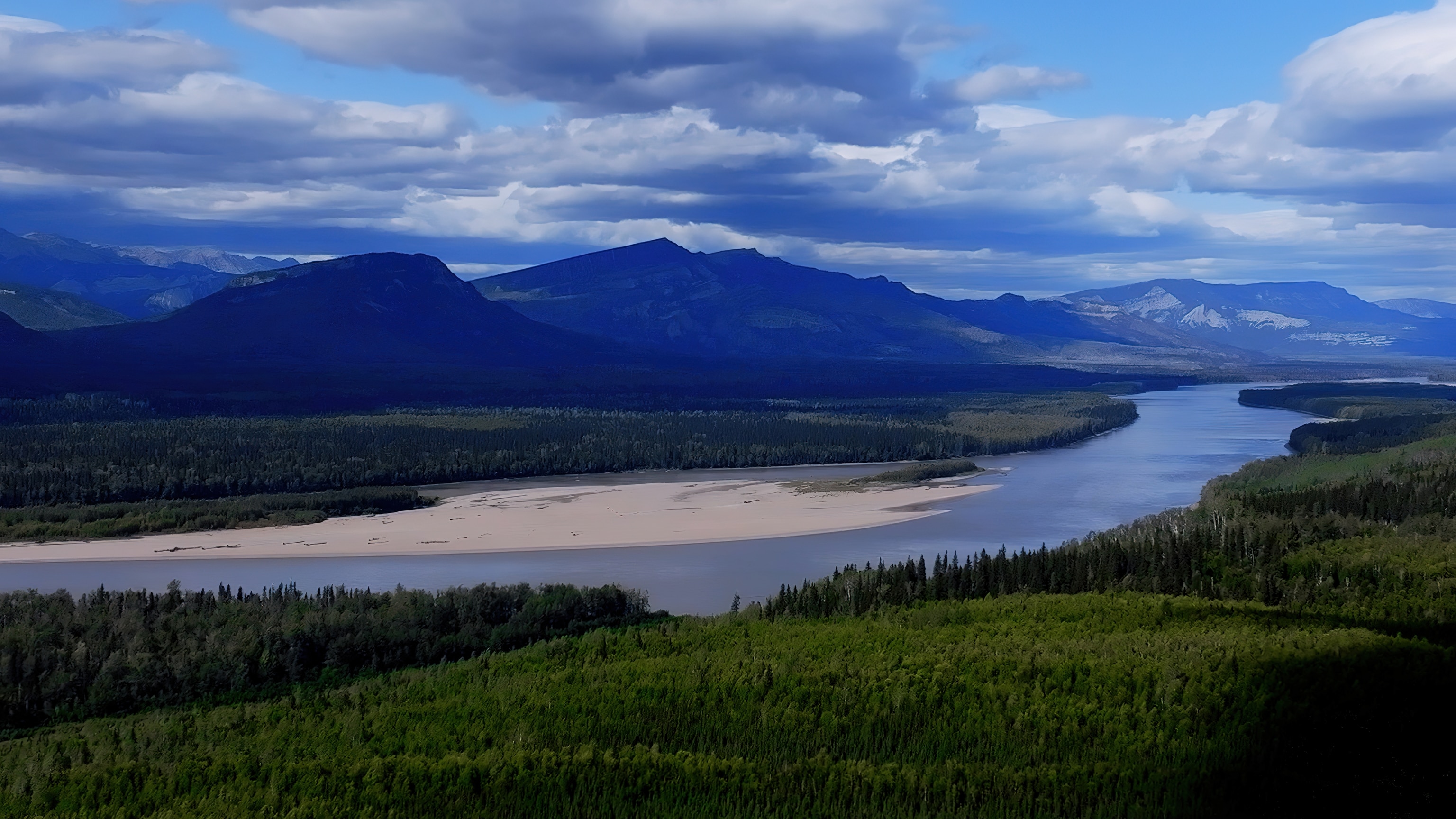
With timeless precision, the chisel blade carves a delicate slither of curling wood, each cut helping to transform nature into art. “Here, in our area we carved house posts,” explains Xwalacktun, an artist of the Squamish Nation. “They were for teaching and passing on knowledge to others who aren’t here yet.” It’s an important part of the rich Indigenous heritage that Sir Ranulph Fiennes and Joseph Fiennes experience as they travel across Canada in the documentary Return to the Wild.
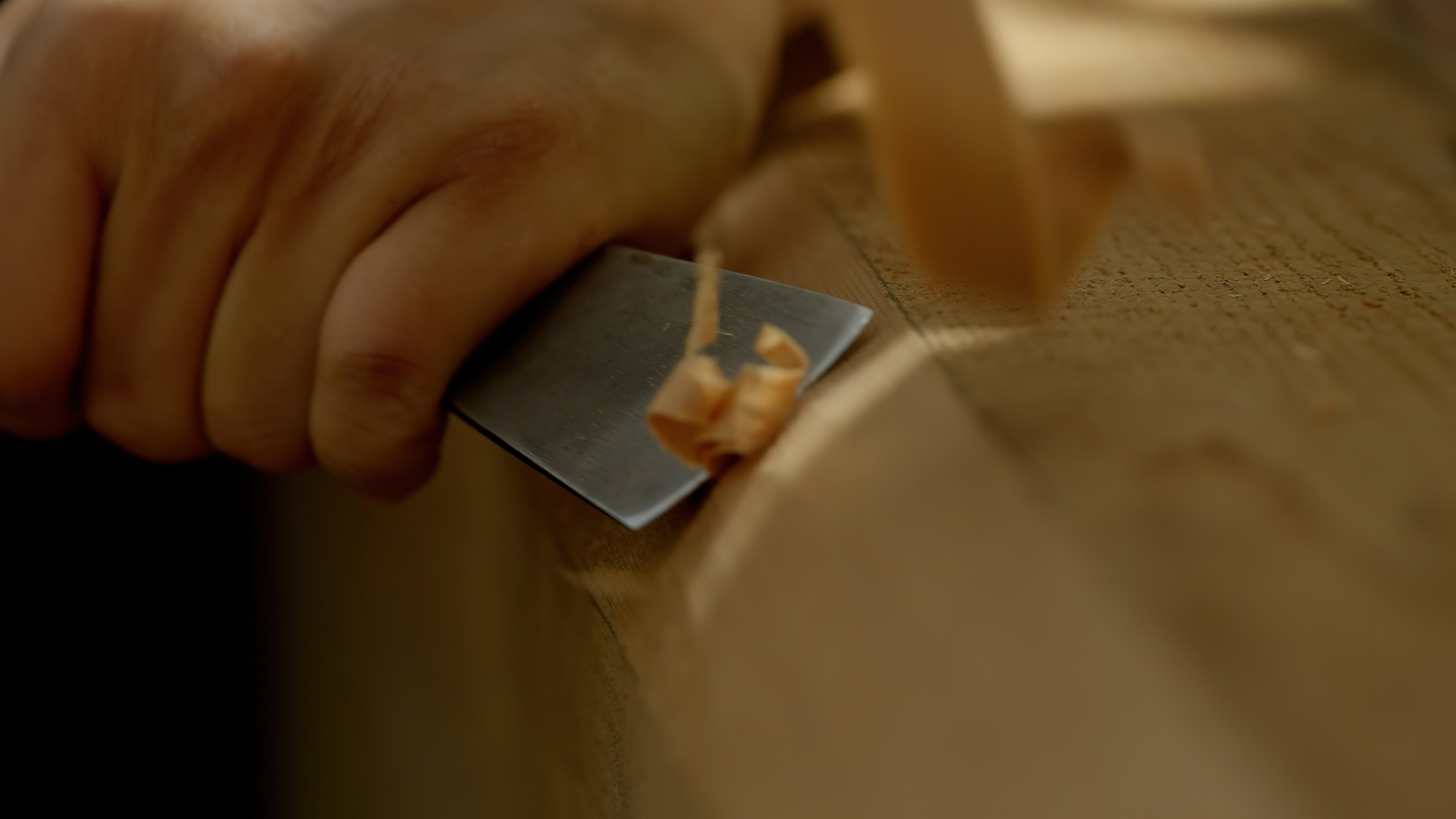
Today, about five percent of the population of Canada identifies as Indigenous. This includes First Nations, Métis, and Inuit peoples, who each have their own unique histories, languages, and cultural practices. The Inuit are Indigenous largely to the northern regions, while the First Nations include more than 600 communities representing 50 Nations, cultures, and languages. The Métis are those who are of mixed Indigenous and European ancestry dating back to the mid-18th century. Despite extreme adversity, the cultures, languages, and societies of these Indigenous Peoples continue to thrive within modern Canadian culture.

- Now Playing
- 01:40
- 02:08
“One of the most beautiful aspects of Indigenous culture is storytelling,” enthuses Mackenzie Brown, a Cree woman, drummer, singer, and storyteller living in the enigmatic shadow of the Canadian Rockies. “We have beautiful creation stories, stories about the constellations, and stories about our spectacular nature.” These form an essential Oral Tradition, passing on histories, legends, and family remembrances as powerfully as the written word. Frequently used to deliver valuable life lessons, Cree stories are so layered with meanings that each listener interprets them in their own way, making them a deeply personal experience.
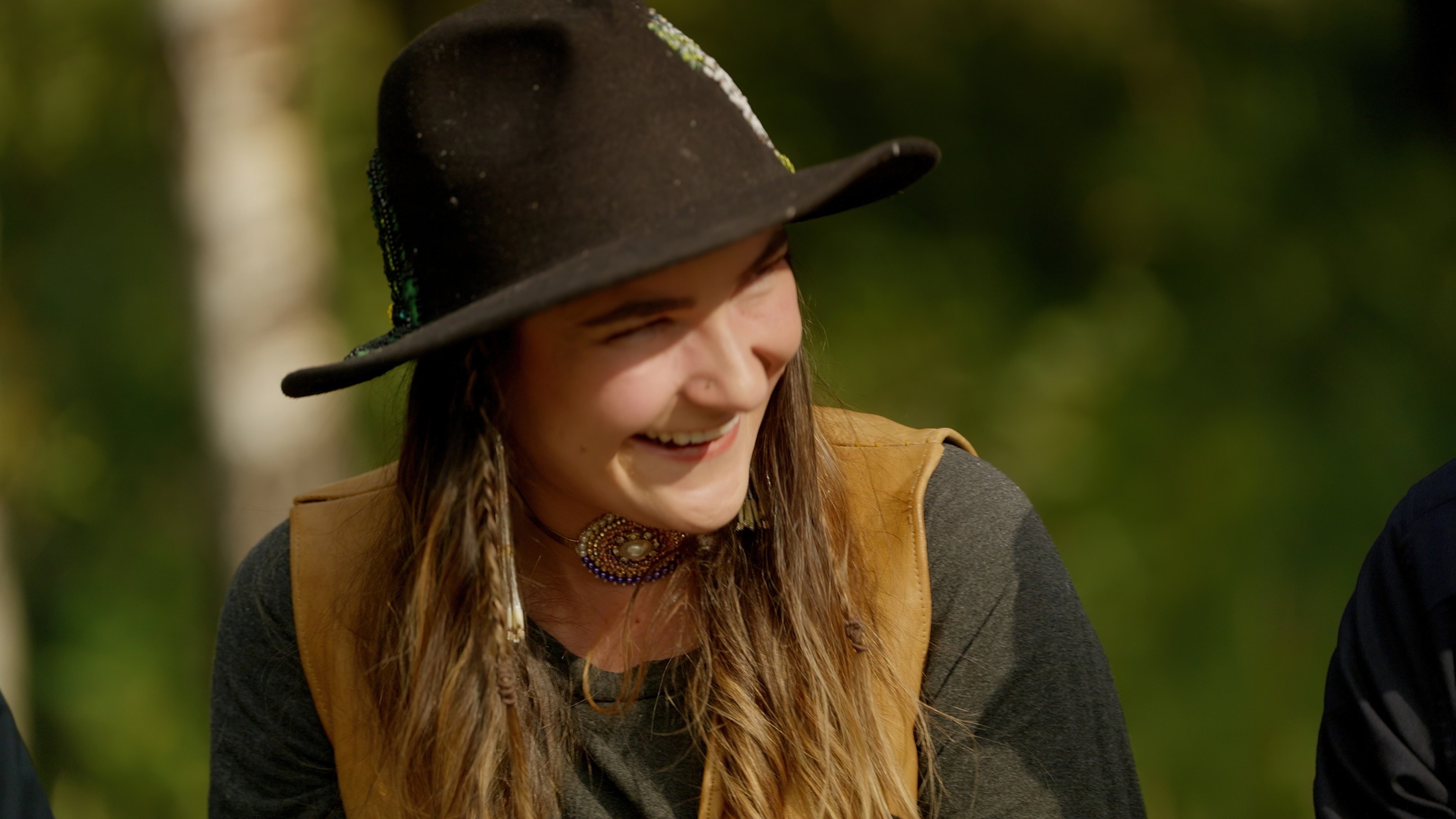
One such story recounts the origin of the moon. Long ago there was only the sun, kept blazing by the Caretaker of the Sun who lived with his two children in the Sky World. His daughter cleaned the home, shaking feathers from their bedding that fell to Earth as snow; droplets from his son’s fishing nets fell as rain. When the caretaker died, his children quarreled over who should take over. On Earth, people were worried that the sun hadn’t risen and sent Wisakecahk, a popular character in Indigenous stories, to investigate. Finding the siblings arguing, Wisakecahk ordered them both to tend fires: The son keeping the sun burning by day, and the daughter keeping a fire burning by night, naming her Tipiskawipisim—the Moon.
Enhanced with dramatic gestures and movements that illustrate the unfolding action, the art of memorizing and retelling such stories is passed down through the generations. But Mackenzie does more than keep the traditions and tales alive: she actively shares them with visitors through cultural experiences. For her, it’s important to widen people’s understanding of Indigenous culture, “learning about Indigenous storytelling, truth and reconciliation, our connection to the plants, the flora, and fauna.”
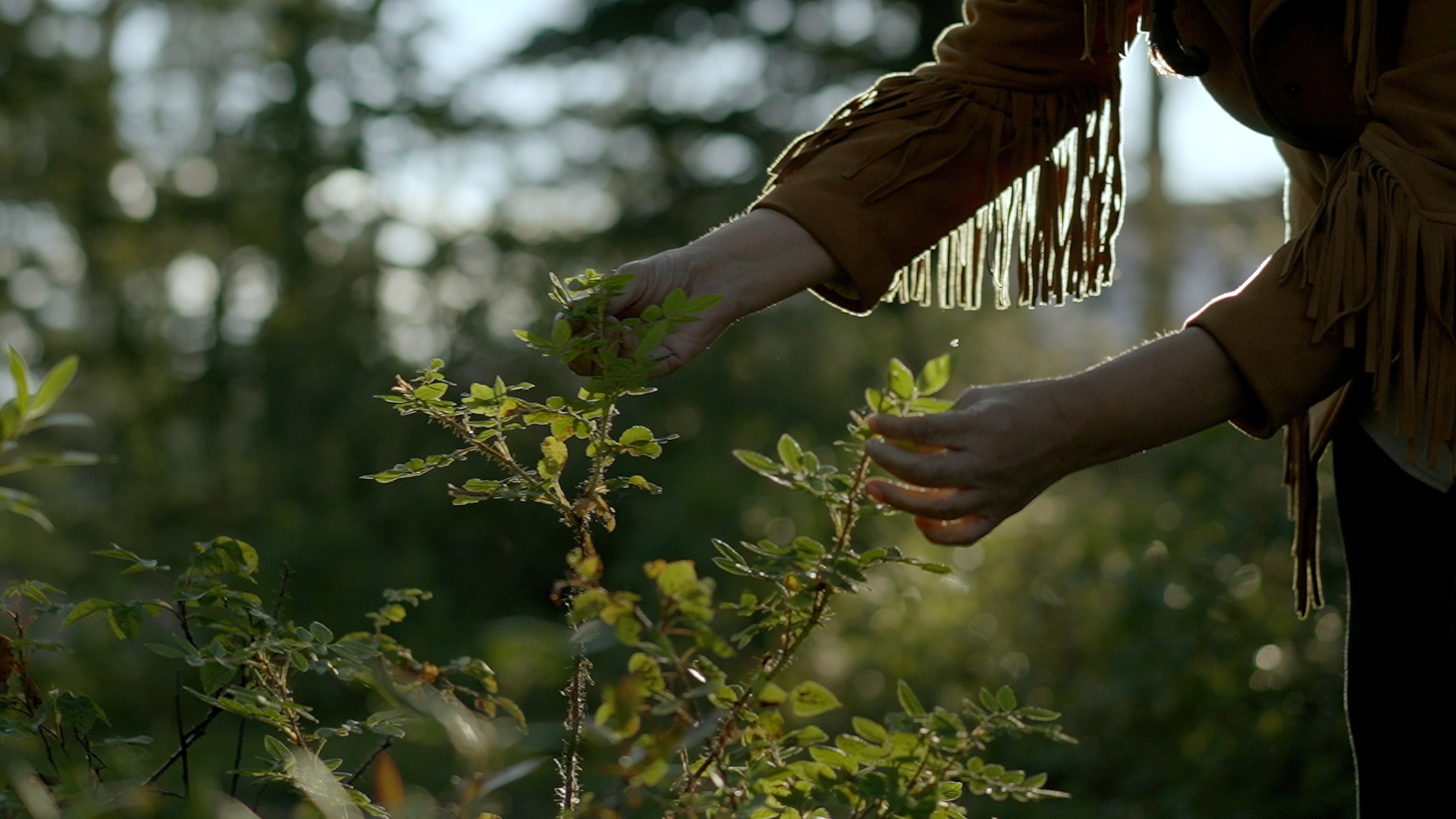
Many Indigenous stories reflect the strong bond between people and nature, something especially close to the heart of Cree Knowledge Keeper, Matricia Brown. “I look at the flora through an Indigenous lens,” she explains. “Teaching people about what we have in our forests and how we have relied on it for thousands of years for medicine.” Across Canada, more than 546 plant species are used in traditional medicines, their harvesting, preparation, and application a greatly revered and respected specialism.
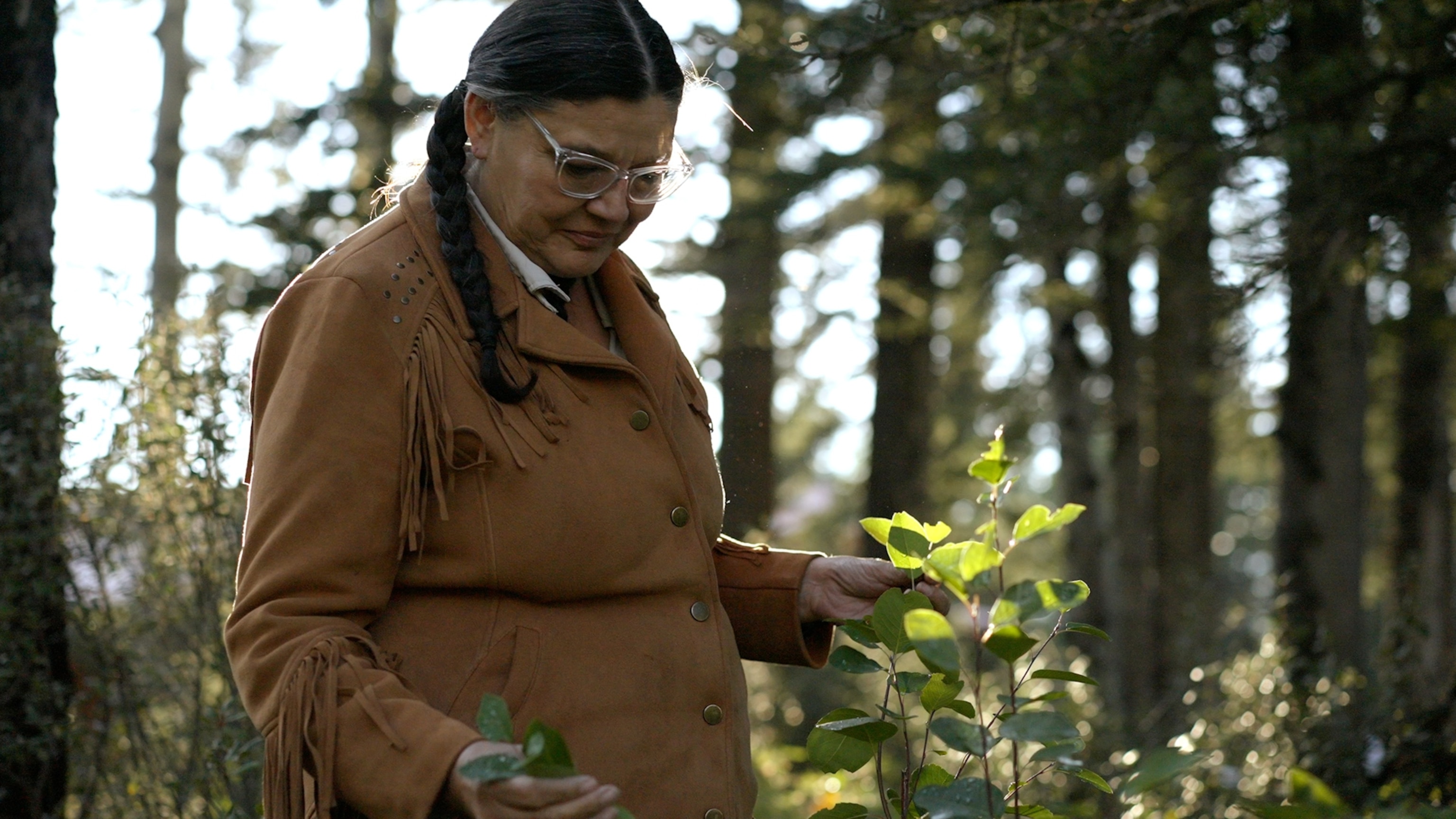
The origins of some remedies are recounted in stories. The Siksika tribe tells of a woman called Last Calf who was suffering from tuberculosis. Despite her illness, Last Calf gave food to a beaver who gifted her a vision of a cure based on boiling the pitch of lodgepole pine. Last Calf drank the remedy and was cured. In 1536, French explorers recorded being saved from scurvy by members of the Haudenosaunee tribe who showed them how to make a curing concoction from white cedar. Recently, the bark of the Pacific yew, traditionally used for internal injuries and lung conditions, has formed the basis of an anticancer drug.
Whether it’s chewing yarrow leaves to treat a cough, or an infusion of wild ginger to cure a headache, the efficacy of a plant is often attributed to its particular organic compounds. But potency varies from plant to plant, depending on its genetics, lifecycle stage, location, and even recent weather, making Matricia’s Indigenous Knowledge invaluable. “Practicing these things brings me a lot of joy,” she says. “And living here in Jasper, it’s such a tourist place that I’m able to share my culture with other people."
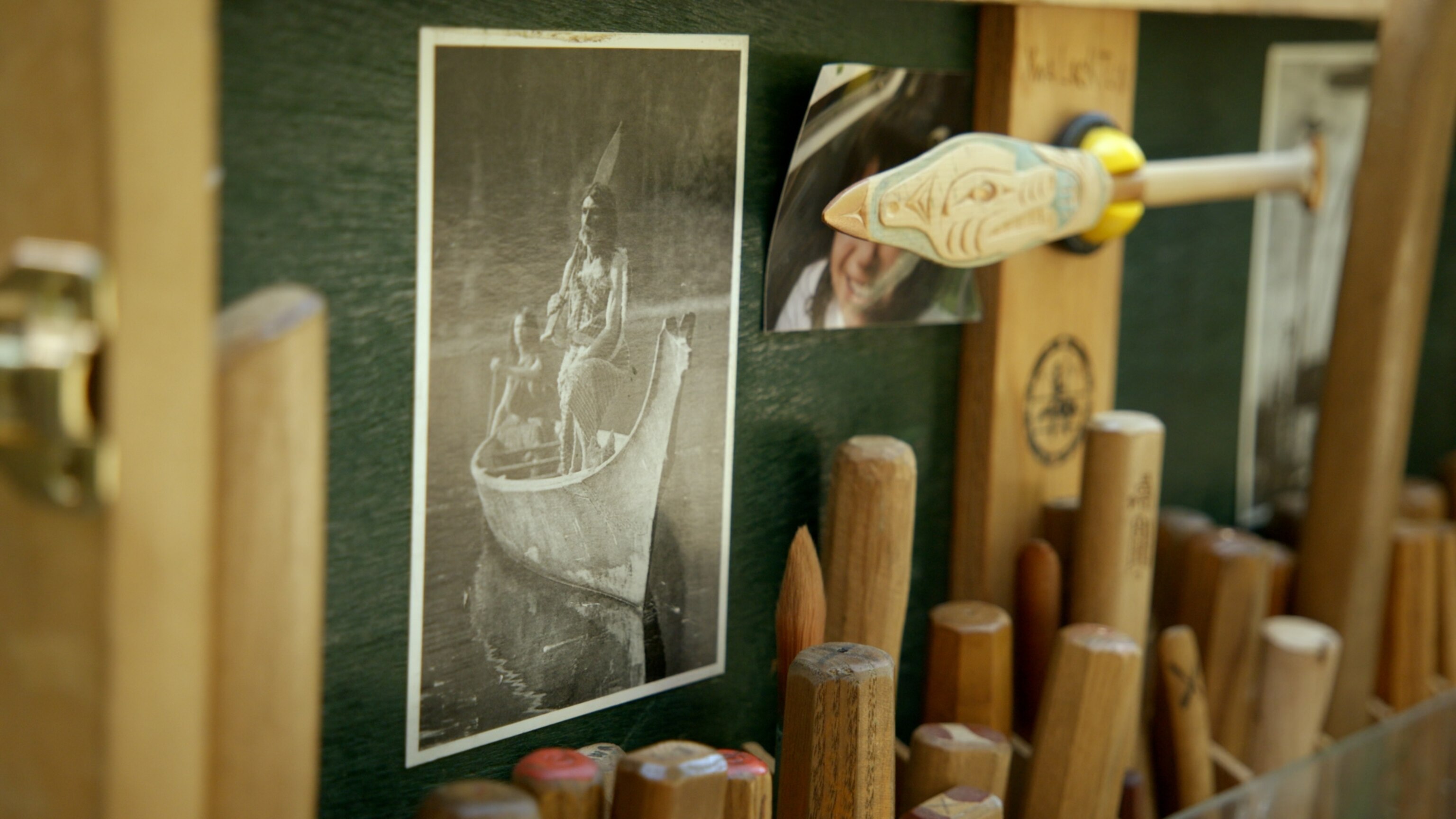
It's an experience a Squamish and Kw’kwa k'wakw artist like Xwalacktun can relate to. “As an artist I pay attention to my surroundings, land, air, water,” he muses. “I like sharing with the public what our artwork is as Coast Salish People.” While Canada’s oldest surviving art is 5,000-year-old petroglyphs, the magnificently carved totem poles of the Pacific Northwest are an artform dating back at least 2,500 years. Traditionally carved out of red cedar, they depict stylized animals, spirits, and symbols that often combine to document stories and histories significant to a particular family or community.
Amid an array of local designs and styles, there are seven main types of totem pole, each with a specific function. Alongside grave markers, mortuary poles, ridicule poles, and waterfront welcoming poles, totem poles are often connected to the home. Memorial poles are erected when a house changes hands, often honoring the previous (usually deceased) owner, whereas portal poles at a home’s main entrance can be large enough to have a hole through which people enter. Beyond these are house posts, like those carved by Xwalacktun.
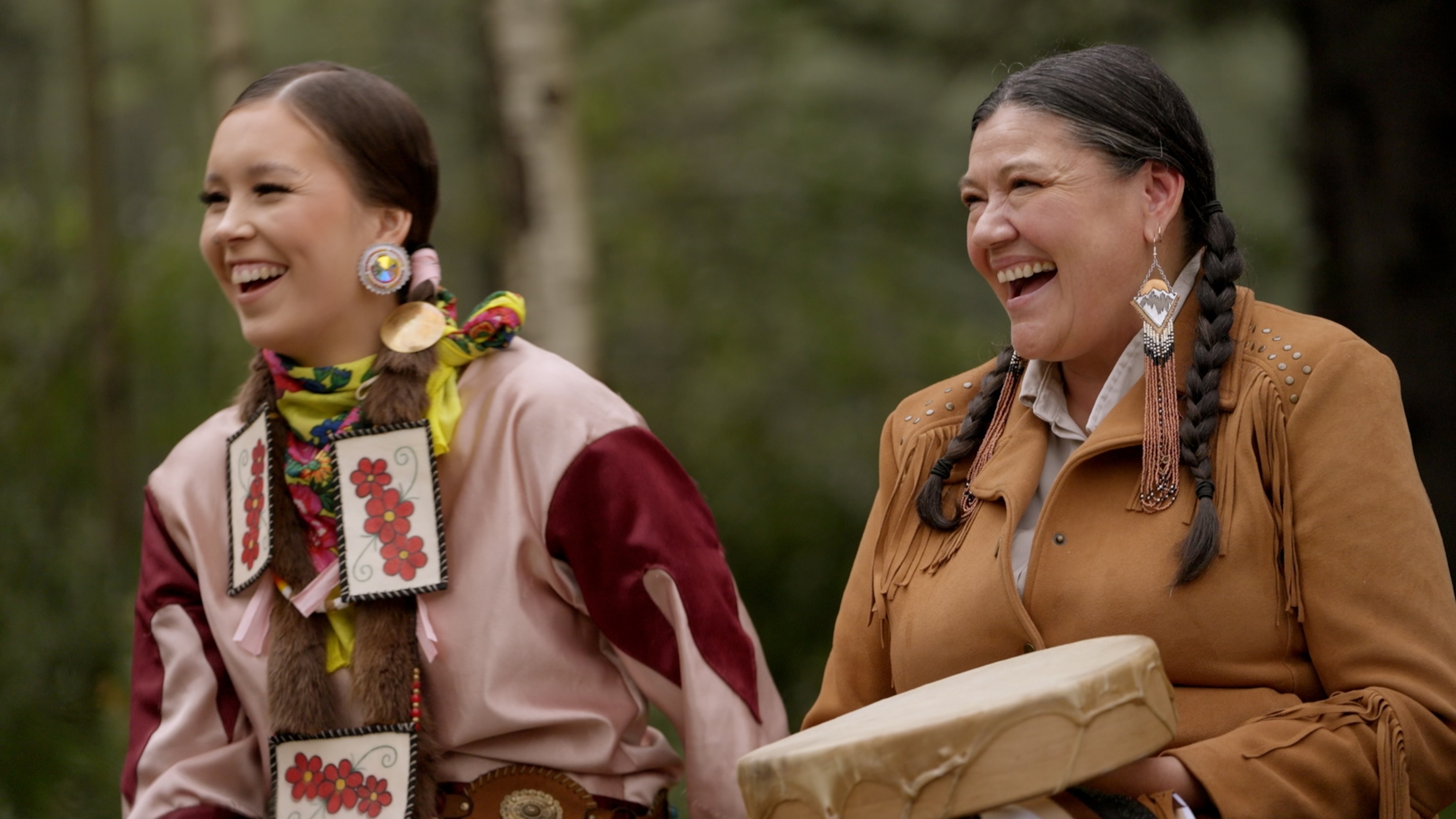
House posts serve a structural function but traditionally included representations meaningful to a household. Xwalacktun’s current carving is topped by a thunderbird to honor a former Chief, and includes four eagle feathers representing the seasons, a bear signifying family strength, and the Salish Eye symbol looking into the spirit world. Beyond aesthetics, the carvings that Xwalacktun makes have deep cultural meaning. “It is our written language,” he explains.
Experiences such as these are indicative of the strong connection the Indigenous Peoples in Canada have with their heritage. And storytellers, Knowledge Keepers, and artists like Mackenzie, Matricia, and Xwalacktun do more than preserve their customs. By actively sharing them, they are fostering a wider appreciation of the rich culture of Canada—the ancient traditions at the heart of the country.
Fiennes Return to the Wild
